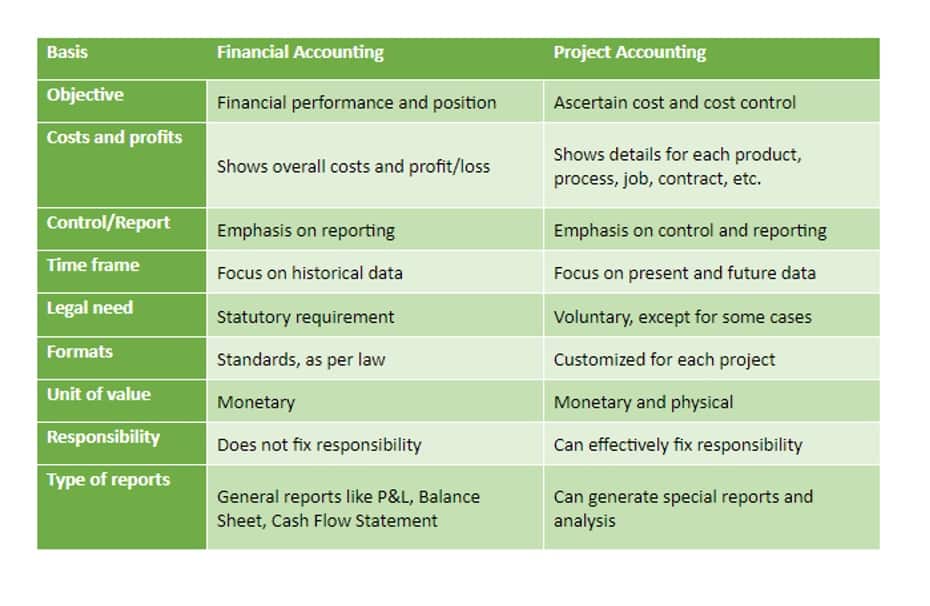
CFI’s Reading Financial Statements course will go over how to read a company’s complete set of financial statements. NRV is also used to account for costs when two products are produced together in a joint costing system until the products reach a split-off point. Each product is then produced separately after the split-off point, and NRV is used to allocate previous joint costs to each of the products. As part of this filing, Volkswagen disclosed the nature of the calculation of its inventory.
Formula
- Understanding the NRV is essential for businesses to maintain accurate financial records and make informed decisions.
- Under GAAP, it is expected for the accountants to apply a conservative approach in accounting – make sure that the profits and assets of the company are not valued more than they should.
- This reflects the broader trend where methods such as FIFO and LIFO influence how inventory items are accounted for and managed.
- This aspect of accounting is pivotal in presenting a transparent view of a company’s financial health, which stakeholders rely on for making informed decisions.
- Since the cost of the inventory i2 is $70 is higher than the NRV of $50, we get the net realizable value for inventory on the balance sheet at $50.
This reflects the broader trend where methods such as FIFO and LIFO influence how inventory items are accounted for and managed. Net realizable value (NRV) is the amount by which the estimated selling price of an asset exceeds the sum of any additional costs expected to be incurred on the sale of the asset. NRV may be calculated for any class of assets but it has significant importance in the valuation of inventory. Both GAAP and IFRS require us to consider the net realizable value of inventory for valuation purposes. Under GAAP, inventories are measured at lower of cost or market provided that the market value must not exceed the NRV of inventory. When you set out to determine the expected selling price for an asset, you’re effectively gauging its market value—the price that buyers are willing to pay under normal business conditions.
Create a free account to unlock this Template

Thus, the Generally Accepted Accounting Principle (GAAP) states that the business must record the inventory using the Lower of Cost or Mark (LCM) method of valuation. In accounting for Accounts Receivable, accountants always make an estimate for any allowances that would make some outstanding invoices to be uncollectible called the Allowance for Bad Debts. When it comes to inventory valuation, you may have come across the terms ‘Lower of Cost or Market’ (LCM) and ‘Lower of Cost or Net Realizable Value’ (LCNRV).
Example 1: Inventory Valuation
The conservative recordation of inventory values is important, because an overstated inventory trial balance could result in a business reporting significantly more assets than is really the case. This can be a concern when calculating the current ratio, which compares current assets to current liabilities. Lenders and creditors rely on the current ratio to evaluate the liquidity of a borrower, and so might incorrectly lend money based on an excessively high current ratio. When recording these costs, meticulous documentation is key for accuracy and for satisfying any audit inquiries. Remember, any oversight or error in calculating these costs can skew the NRV and lead to significant implications for financial reporting and decision-making. Furthermore, including anticipated costs like an allowance for doubtful accounts can adjust the invoice amount to reflect a more accurate value on the financial statements.
Management
- As part of this filing, Volkswagen disclosed the nature of the calculation of its inventory.
- Often, a company will assess a different NRV for each product line, then aggregate the totals to arrive at a company-wide valuation.
- Carrying costs and transactional costs of goods are taken into account to not overstate the income statement, and accurately represent the goods’ value to the business.
- Understanding Net Realizable Value (NRV) helps you keep your financial records accurate.
- This is obtained when the disposable costs related to sales is subtracted from the selling price of an asset.
As evidenced above, net realizable value is a vital tool for making informed decisions about the performance of your accounts receivables and the value of assets and your inventory. Net realizable value (NRV) is a method used to determine the actual value of an asset when sold, after deducting any costs involved in the sale. This ensures that businesses have a realistic view of their financial standing. NRV is particularly important for valuing inventory and accounts receivable. By calculating NRV, businesses can avoid overestimating the value of their assets, which enhances financial reporting accuracy and supports better decision-making. NRV is a common method used to evaluate an asset’s value for inventory accounting.
Data Sheets

Offering credit sales to customers is a common practice among many enterprises. Fortunately, calculating net realizable value is relatively straightforward. This means that you do not need to use a net realizable value calculator in order to gain access to this vital information. In fact, the net realizable value formula is divided into just three steps. Since the cost of the inventory i2 is $70 is higher than the NRV of $50, we get the net realizable value for inventory on the balance sheet at $50. The market value of Legal E-Billing this inventory i2 is $200, and the preparation cost to sell this inventory i2 is $30.


The write-down has been reflected within cost of goods sold on the income statement. If the net realizable value calculation results in a loss, then charge the loss to the cost of goods sold expense with a debit, and credit the inventory account to reduce the value of the inventory account. If the loss is material, you may want to segregate it in a separate loss account, so that management can more easily spot these losses. In the following year, the market value of the green widget declines to $115. The cost is still $50, and the cost to prepare it for sale is $20, so the net realizable value is $45 ($115 market value – $50 cost – $20 completion cost). Since the net realizable value of $45 is lower than the cost of $50, ABC should record a loss of $5 on the inventory item, thereby reducing its recorded cost to $45.
It ensures the accuracy and reliability of financial statements by preventing the overstatement of asset values. This aspect of accounting is pivotal in presenting a transparent view of a company’s financial health, which stakeholders rely on for making informed decisions. Compliance with accounting principles, such as the Lower of Cost or Market (LCM) rule, is also upheld through meticulous NRV calculations, ensuring adherence to GAAP and IFRS. When the present selling price of an inventory item falls below its cost, the NRV comes into play.

No matter which method you use to find the NRV, the value you find must fit the conservative method of accounting reporting. In inventory, the NRV is used to allocate for the joint costs of the products prior to the split off net realizable value in order to come up with the sales price of the individual products. It shall also be noted that the carrying cost of an inventory such as storage, transportation, or any other costs attached to bring the inventory to its storage shall be subtracted from the selling price in order to come up with the NRV.

